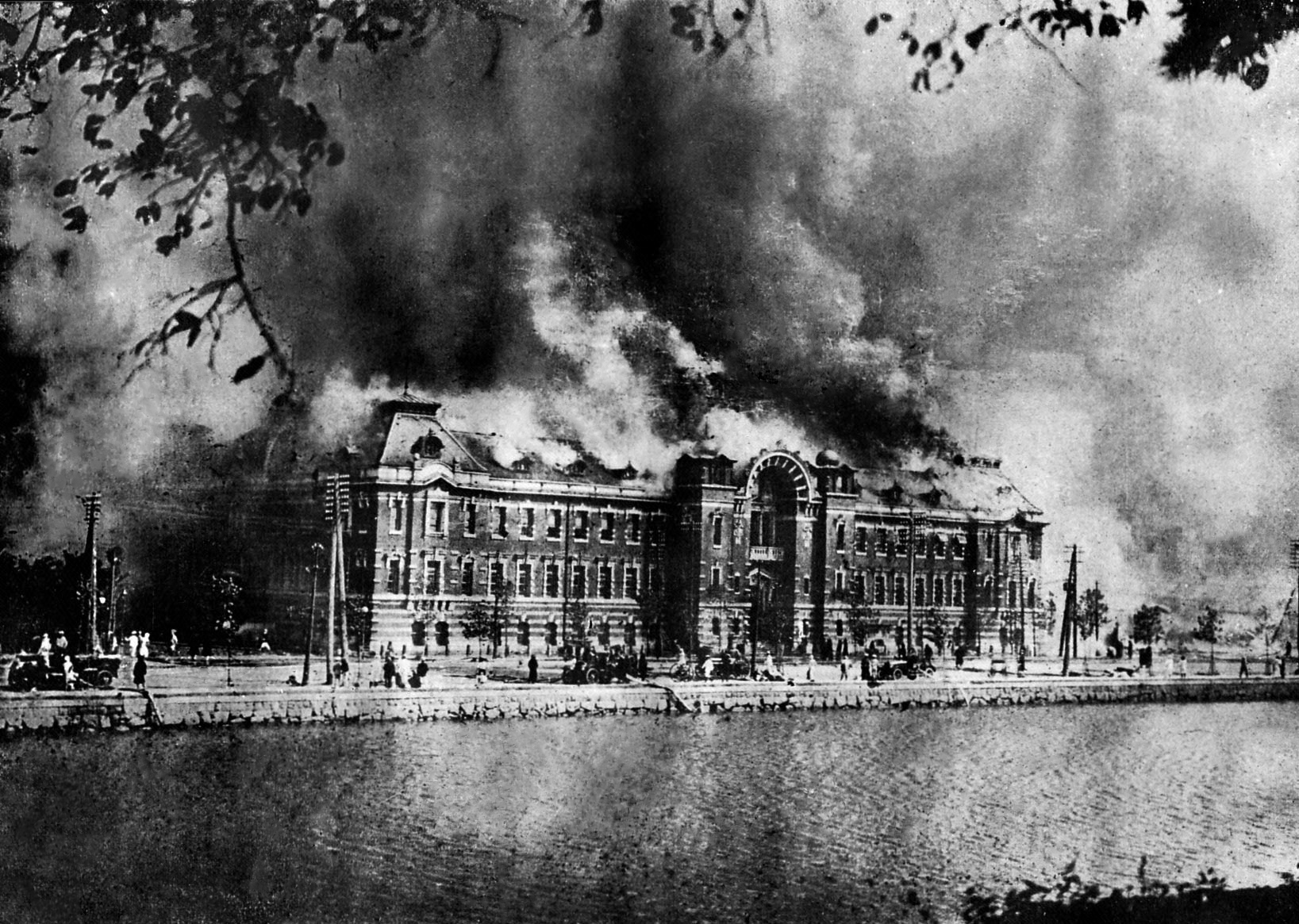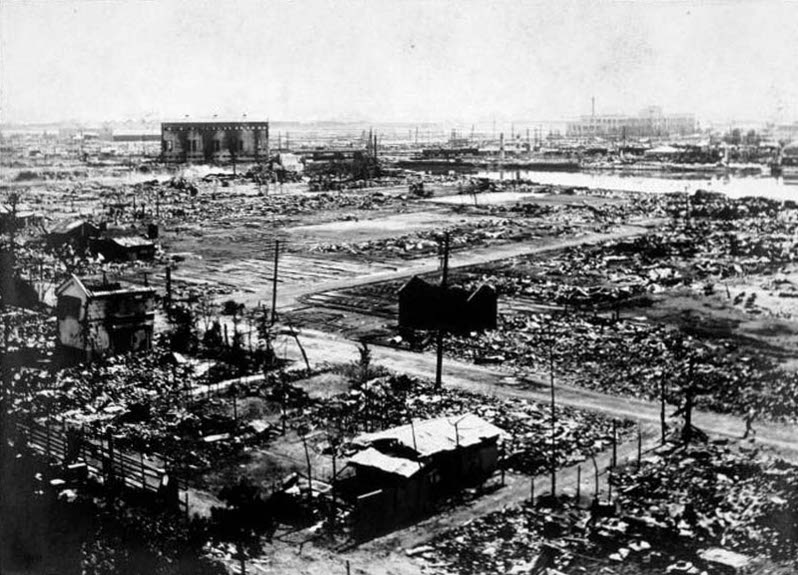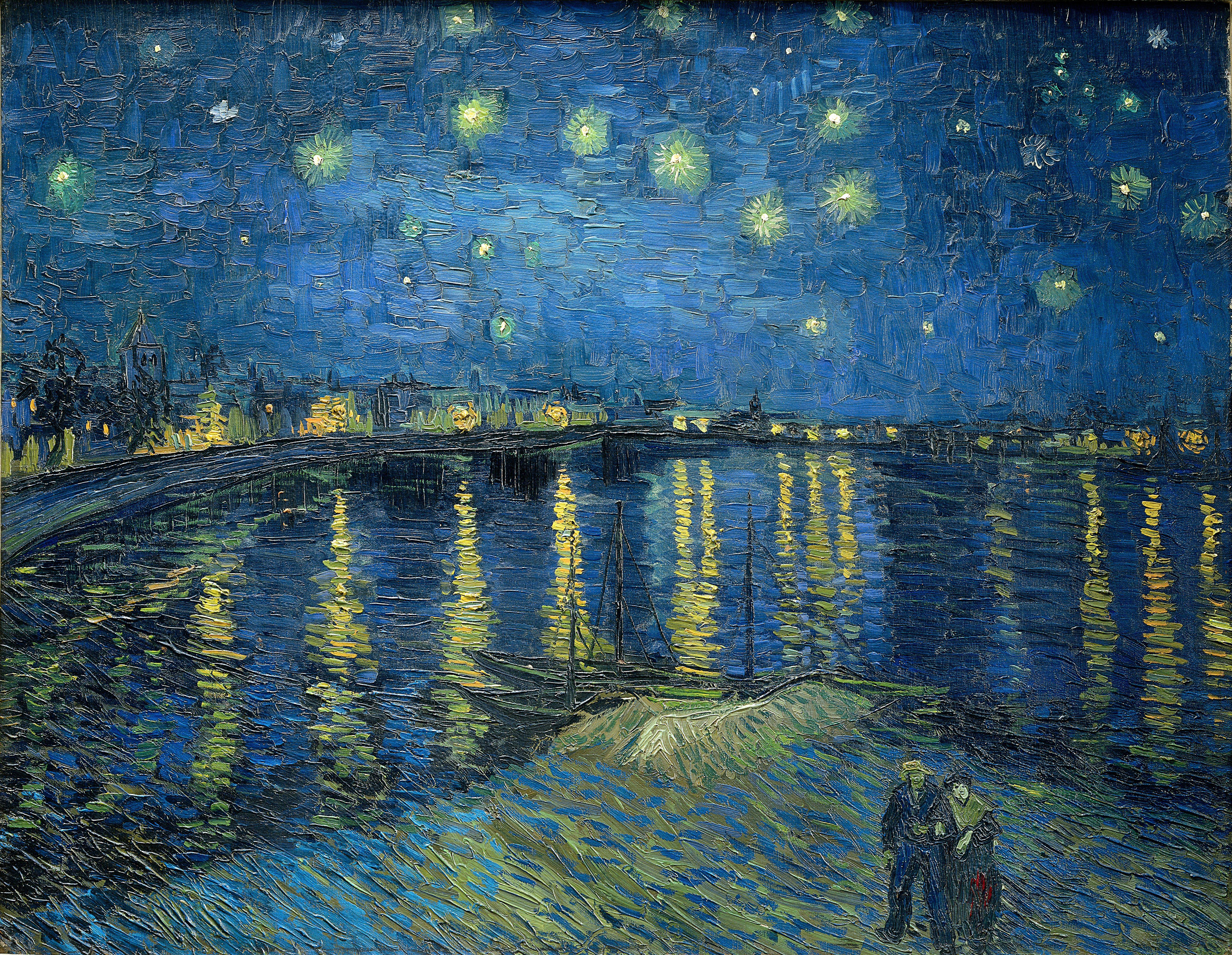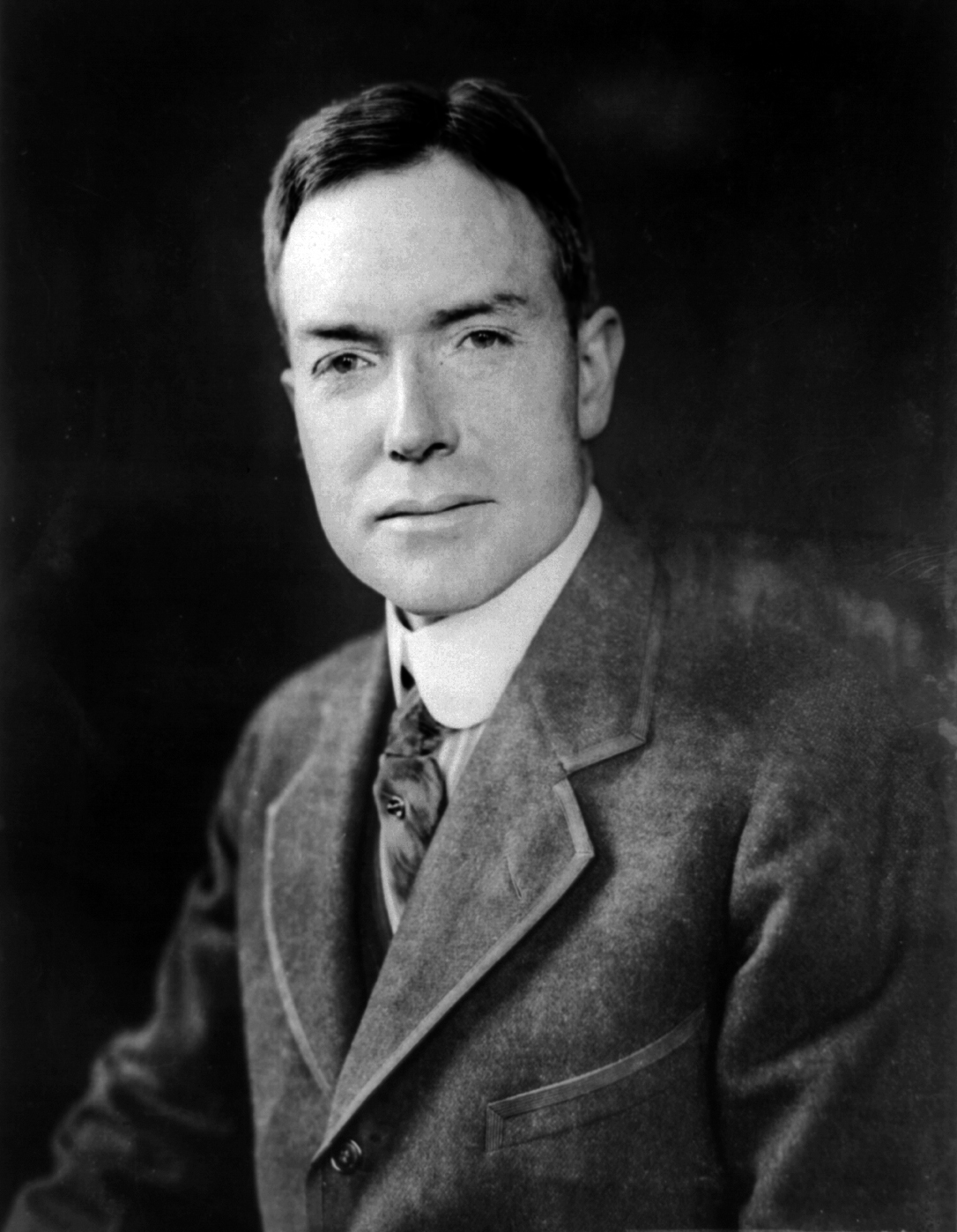|
Takeshirō Kanokogi
was a Japanese painter. Biography Takeshiro Kanokogi studied with painters Matsubata Sangoro and later Koyama Shōtarō in Tokyo. He traveled back and forth to Paris France several times, at first when he was 26 years old. He spent around seven years in the city, during which time he studied with Jean-Paul Laurens and Émile-René Ménard at the . He is known for portrait, figure, land and seascape painting in the Western style. Images Kanokogi Frau.jpg, European Woman Kanokogi Mond.jpg, Moon Kanokogi Hirase.jpg, Dr. Kaio Hirase Kanokogi Erdbeben 1923.jpg, 1923 Great Kantō earthquake 1923 Kanokogi Weiße Rose.jpg, Lady with a Red rose Konokogi Zeichnung1.jpg, Drawing, signed with ''Futō'' Collections * Hiroshima Museum of Art * Kurashiki City Art Museum * Musée d'Orsay The Musée d'Orsay ( , , ) () is a museum in Paris, France, on the Rive Gauche, Left Bank of the Seine. It is housed in the former Gare d'Orsay, a Beaux-Arts architecture, Beaux-Arts railway st ... [...More Info...] [...Related Items...] OR: [Wikipedia] [Google] [Baidu] |
Okayama Prefecture
is a Prefectures of Japan, prefecture of Japan located in the Chūgoku region of Honshu. Okayama Prefecture has a population of 1,826,059 (1 February 2025) and has a geographic area of 7,114 Square kilometre, km2 (2,746 sq mi). Okayama Prefecture borders Tottori Prefecture to the north, Hyōgo Prefecture to the east, and Hiroshima Prefecture to the west. Okayama is the capital and largest city of Okayama Prefecture, with other major cities including Kurashiki, Tsuyama, and Sōja. Okayama Prefecture's south is located on the Seto Inland Sea coast across from Kagawa Prefecture on the island of Shikoku, which are connected by the Great Seto Bridge, while the north is characterized by the Chūgoku Mountains. History Prior to the Meiji Restoration of 1868, the area of present-day Okayama Prefecture was divided between Bitchū Province, Bitchū, Bizen Province, Bizen and Mimasaka Province, Mimasaka Provinces. Okayama Prefecture was formed and named in 1871 as part of the large-scale ... [...More Info...] [...Related Items...] OR: [Wikipedia] [Google] [Baidu] |
Académie Julian
The () was a private art school for painting and sculpture founded in Paris, France, in 1867 by French painter and teacher Rodolphe Julian (1839–1907). The school was active from 1868 through 1968. It remained famous for the number and quality of artists who attended during a great period of effervescence in the arts in the early twentieth century. After 1968, it integrated with the École supérieure de design, d'art graphique et d'architecture intérieure (ESAG) Penninghen. History Rodolphe Julian established the Académie Julian in 1868 at the Passage des Panoramas, as a private studio school for art students.Tate Gallery"Académie Julian."/ref> The Académie Julian not only prepared students for the exams at the prestigious École des Beaux-Arts, but offered independent alternative education and training in arts. "Founded at a time when art was about to undergo a long series of crucial mutations, the Academie Julian played host to painters and sculptors of every kind ... [...More Info...] [...Related Items...] OR: [Wikipedia] [Google] [Baidu] |
Koyama Shōtarō
Koyama Shōtarō (Japanese:小山 正太郎; 15 February 1857, Nagaoka - 7 January 1916, Tokyo) was a Japanese painter. He was one of the first to work in the ''yōga'' style. Life and work His father was an acupuncturist. He completed his primary education at the British School in Tokyo. His began his artistic education at a private school in Tokyo operated by Kawakami Tōgai, then took lessons at the Technical Fine Arts School (now the Tokyo Institute of Technology), operated by the Ministry of Industry. There, he came under the influence of the Italian artist, Antonio Fontanesi, head of the painting classes, who was instrumental in introducing Western style painting to Japan. During his military service, he also studied watercolor painting with the French artist, under the auspices of the Ministry of the Army. Two of his younger brothers pursued military careers. When Fontanesi returned to Italy in 1878, Koyama was dissatisfied with his replacement and left the school. To ... [...More Info...] [...Related Items...] OR: [Wikipedia] [Google] [Baidu] |
Tokyo
Tokyo, officially the Tokyo Metropolis, is the capital of Japan, capital and List of cities in Japan, most populous city in Japan. With a population of over 14 million in the city proper in 2023, it is List of largest cities, one of the most populous urban areas in the world. The Greater Tokyo Area, which includes Tokyo and parts of six neighboring Prefectures of Japan, prefectures, is the most populous metropolitan area in the world, with 41 million residents . Lying at the head of Tokyo Bay, Tokyo is part of the Kantō region, on the central coast of Honshu, Japan's largest island. It is Japan's economic center and the seat of the Government of Japan, Japanese government and the Emperor of Japan. The Tokyo Metropolitan Government administers Tokyo's central Special wards of Tokyo, 23 special wards, which formerly made up Tokyo City; various commuter towns and suburbs in Western Tokyo, its western area; and two outlying island chains, the Tokyo Islands. Although most of the w ... [...More Info...] [...Related Items...] OR: [Wikipedia] [Google] [Baidu] |
Paris
Paris () is the Capital city, capital and List of communes in France with over 20,000 inhabitants, largest city of France. With an estimated population of 2,048,472 residents in January 2025 in an area of more than , Paris is the List of cities in the European Union by population within city limits, fourth-most populous city in the European Union and the List of cities proper by population density, 30th most densely populated city in the world in 2022. Since the 17th century, Paris has been one of the world's major centres of finance, diplomacy, commerce, culture, Fashion capital, fashion, and gastronomy. Because of its leading role in the French art, arts and Science and technology in France, sciences and its early adoption of extensive street lighting, Paris became known as the City of Light in the 19th century. The City of Paris is the centre of the Île-de-France region, or Paris Region, with an official estimated population of 12,271,794 inhabitants in January 2023, or ... [...More Info...] [...Related Items...] OR: [Wikipedia] [Google] [Baidu] |
Jean-Paul Laurens
Jean-Paul Laurens (; 28 March 1838 – 23 March 1921) was a romanticism French painter and sculptor, and he is one of the last major exponents of the French Academic style. Biography Laurens was born in Fourquevaux and was a pupil of Léon Cogniet and Alexandre Bida. Strongly anti-clerical and republican, his work was often on historical and religious themes, through which he sought to convey a message of opposition to monarchical and clerical oppression. His erudition and technical mastery were much admired in his time, but in later years his highly realistic technique, coupled to a theatrical ''mise-en-scène'', came to be regarded by some art-historians as overly didactic. More recently, however, his work has been re-evaluated as an important and original renewal of history painting, a genre of painting that was in decline during Laurens' lifetime. Laurens was commissioned to paint numerous public works by the French Third Republic, including the steel vault of the Par ... [...More Info...] [...Related Items...] OR: [Wikipedia] [Google] [Baidu] |
Émile-René Ménard
Émile-René Ménard (15 April 1862 – 13 January 1930) was a French people, French Painting, painter. From early childhood he was immersed in an artistic environment: Jean-Baptiste-Camille Corot, Corot, Jean-François Millet, Millet and the Barbizon school, Barbizon painters frequented his family home, familiarizing him thus with both landscape and antique subjects. Biography Ménard was born on 15 April 1862 in Paris. He studied at the Académie Julian from 1880 after having been a student of Paul-Jacques-Aimé Baudry, Baudry, William-Adolphe Bouguereau, Bouguereau, and Henri Lehmann. He participated in the Salon of the Secession in Munich, and the ''Salon de la Libre Esthétique'' in Brussels during 1897. Several personal exhibitions were also devoted to him at the Georges Small Gallery. In 1904, he was appointed professor at the Académie de la Grande Chaumière, and in that year welcomed the rising young Russian painter Boris Kustodiev, age 26, in his art studio. In 1921, ... [...More Info...] [...Related Items...] OR: [Wikipedia] [Google] [Baidu] |
Yoichirō Hirase
was a Japanese malacologist, malacologist and business man. His son, Shintarō Hirase, (1884–1939) was also a malacologist. The majority of Shintarō Hirase#Collection, his collection of molluscs were destroyed during World War II.William J. Clench, Clench W. J. (1948). "The Hirase collections of mollusks". ''The Nautilus (journal), The Nautilus'' 62(1)3435. Yoichirō greatly contributed to the start of malacology in Japan and was responsible for the collection and indirectly the naming of many land and marine mollusks. Revered by malacologists throughout the world for his enthusiasm and contributions to malacology, he has numerous species named after him. Yoichirō lived from 1859 until 1925. He was a wealthy Kyoto, Kyōto dealer in poultry, seeds, and aviculture products who had founded a side business trading in marine and land shells.Yoichirō Hirase# ftn1, [1] He began to collect shells in 1898 at age 39. Over the next 20 years, his collection grew to about 3,000 Jap ... [...More Info...] [...Related Items...] OR: [Wikipedia] [Google] [Baidu] |
1923 Great Kantō Earthquake
The 1923 Great Kantō earthquake (, or ) was a major earthquake that struck the Kantō Plain on the main Japanese island of Honshu at 11:58:32 JST (02:58:32 UTC) on Saturday, 1 September 1923. It had an approximate magnitude of 8.0 on the moment magnitude scale (Mw), with its epicenter located southwest of the capital Tokyo. The earthquake devastated Tokyo, the port city of Yokohama, and surrounding prefectures of Kanagawa, Chiba, and Shizuoka, and caused widespread damage throughout the Kantō region. Fires, exacerbated by strong winds from a nearby typhoon, spread rapidly through the densely populated urban areas, accounting for the majority of the devastation and casualties. The death toll is estimated to have been between 105,000 and 142,000 people, including tens of thousands who went missing and were presumed dead. Over half of Tokyo and nearly all of Yokohama were destroyed, leaving approximately 2.5 million people homeless. The disaster triggered widespread social ... [...More Info...] [...Related Items...] OR: [Wikipedia] [Google] [Baidu] |
Hiroshima Museum Of Art
The is an art museum founded in 1978. It is located in the Hiroshima Central Park in Hiroshima, Japan. Collections Gallery 1 *From Romanticism to Impressionism Gallery 2 *Neo-Impressionists and Post-Impressionists Gallery 3 *Fauvism and Picasso Gallery 4 *Ecole de Paris Gallery 5-8 *Modern Japanese Paintings of Western-Style Access *Astram Line Kencho-mae Station * Hiroden Kamiya-cho-higashi Station *Hiroden Kamiya-cho-nishi Station * Hiroshima Bus Center See also *Hiroshima Prefectural Art Museum *Hiroshima City Museum of Contemporary Art The is an art museum founded in 1989. It is in Hijiyama Park in Hiroshima, Japan. The building was designed by architect Kisho Kurokawa. It was the first public contemporary art museum to open in Japan, and its exhibitions focus on post-1945, c ... External links * Art museums and galleries in Hiroshima Prefecture Museums in Hiroshima Art museums and galleries established in 1978 1978 establishments in Japan ... [...More Info...] [...Related Items...] OR: [Wikipedia] [Google] [Baidu] |
Musée D'Orsay
The Musée d'Orsay ( , , ) () is a museum in Paris, France, on the Rive Gauche, Left Bank of the Seine. It is housed in the former Gare d'Orsay, a Beaux-Arts architecture, Beaux-Arts railway station built from 1898 to 1900. The museum holds mainly French art dating from 1848 to 1914, including paintings, sculptures, furniture, and photography. It houses the largest collection of Impressionist and post-Impressionist masterpieces in the world, by painters including Berthe Morisot, Monet, Claude Monet, Manet, Édouard Manet, Degas, Renoir, Cézanne, Seurat, Alfred Sisley, Sisley, Gauguin, and Vincent van Gogh, van Gogh. Many of these works were held at the Galerie nationale du Jeu de Paume prior to the museum's opening in 1986. It is one of the list of largest art museums, largest art museums in Europe. In 2022 the museum had 3.2 million visitors, up from 1.4 million in 2021. It was the sixth-most-visited art museum in the world in 2022, and second-most-visited art museum in France ... [...More Info...] [...Related Items...] OR: [Wikipedia] [Google] [Baidu] |
1874 Births
Events January * January 1 – New York City annexes The Bronx. * January 2 – Ignacio María González becomes head of state of the Dominican Republic for the first time. * January 3 – Third Carlist War: Battle of Caspe – Campaigning on the Ebro in Aragon for the Spanish Republican Government, Colonel Eulogio Despujol surprises a Carlist force under Manuel Marco de Bello at Caspe, northeast of Alcañiz. In a brilliant action the Carlists are routed, losing 200 prisoners and 80 horses, while Despujol is promoted to Brigadier and becomes Conde de Caspe. * January 20 – The Pangkor Treaty (also known as the Pangkor Engagement), by which the British extend their control over first the Sultanate of Perak, and later the other independent Malay States, is signed. * January 23 – Prince Alfred, Duke of Edinburgh, second son of Queen Victoria, marries Grand Duchess Maria Alexandrovna of Russia, only daughter of Tsar Alexander III of Russia, i ... [...More Info...] [...Related Items...] OR: [Wikipedia] [Google] [Baidu] |







